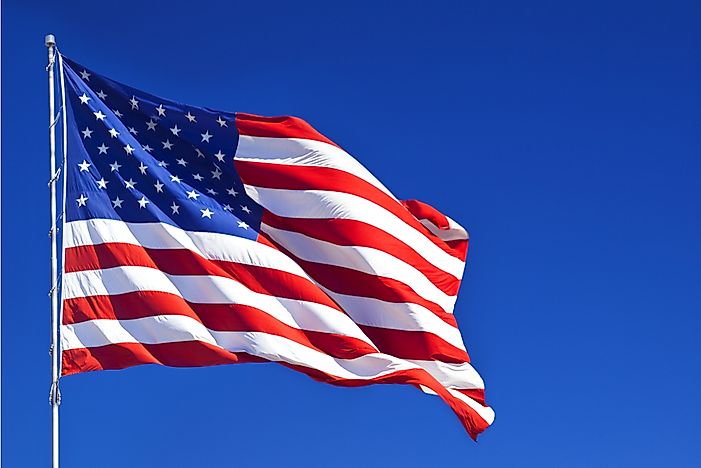Here are 2 new Homeschool Resources I wanted to share with you. These resources were found through ClickSchooling. I’m happy they sent me the website to the Star Spangled Banner. I had been wanting to make sure Charlie knew all about our flag.


Estimated Time: Varied
Lesson Overview:
Teach your students about the The American Flag, including its history, what the symbols represent, and the proper way to display it. Discuss how The American Flag has played a part in recent events. Then choose one or more of the The American Flag activities for wearing, sharing, or displaying.
Related National Standards from McREL:
- Knows the history of American symbols (e.g., the eagle, the Liberty Bell, George Washington as the “father of our country,” the national flag)
- Understands how people in the local community have displayed courage in helping the common good (e.g., volunteering in unique situations including earthquakes, floods, and fires)
Materials:
- An The American Flag
- See Individual Activity Ideas
- The American Flag
History
- The first official national flag was approved by the Continental Congress on June 14, 1777.
- It is widely believed, but not confirmed, that Betsy Ross sewed the first American Flag.
- The flag had 13 stars and 13 stripes to represent the 13 original colonies.
- The flag is nicknamed “Old Glory“. More information
- On August 3, 1949 President Truman officially declared June 14th Flag Day.
- After many design changes the flag currently has 50 stars. The last star was added when Hawaii became a state on July 4, 1960.
Other Links
http://www.usflag.org/toc.html
Its Symbols
The stripes represent the 13 original colonies. The 50 stars represent the number of states.
The colors of the flag have meaning as well:
- Red symbolizes Hardiness and Valor.
- White symbolizes Purity and Innocence.
- Blue represents Vigilance, Perseverance and Justice.
Proper Display
- The flag should be displayed from sunrise to sunset. If the flag is displayed at night it should be illuminated.
- Never allow the flag to touch the ground or the floor.
- When displayed on a wall or window the blue field should be in the upper left corner.
- The flag should be raised quickly and lowered ceremoniously.
- The flag is often flown at half-staff to show respect for someone who has died. When flown at half-staff, the flag should be raised to the top for an instant and then lowered to the half-staff position. The flag should also be raised to the top before it is lowered at the end of the day.
For more information visit: A Capitol Fourth: Flag History
American Flag Activities and Crafts
- Unity Bracelet – Combining letter beads and floss, a unity bracelet can be made to wear or to share.
- Make your own flag – The Teletubbies Web site offers ideas for each child to design, make, and display a flag that represents himself/herself.
3. Unity Pins – Create a patriotic pin with craft wood - 4.American Flag Key Tag – Make an American flag with pony beads and string.
Many Patriotic Crafts – Directions for patriotic pinwheels, wall hangings, windsocks, craft stick flags, and more.
Other Ideas
- Cards to kids in distress – In 2001 UNICEF accepted mail, drawings, and messages to deliver to schoolchildren in distress through the Trick-or-Treat for UNICEF program. UNICEF continues to contribute to various causes through the Trick-or-Treat program.
- Share a Pin – Make pins to give to local firefighters or police officers. Make two each – one to wear and one to share. (Idea contributed to ZOOM Responds)
- Quilting – Children contributed to a project called Children Covering America. Kids and schools from across the country planned to build pieces of a national quilt to commemorate the victims of the Sept. 11th national tragedy.
- Teach kids the Pledge of Allegiance through pictures.
Assessment:
Student understanding should be assessed through contribution to class discussion and activities.
PBS provided nightly coverage and analysis of the terrorist attacks on the United States with “America Responds.”
Key PBS Resources:
Mister Rogers’ Neighborhood Helping children cope.
Thank you,
Glenda, Charlie and Charlie Cates